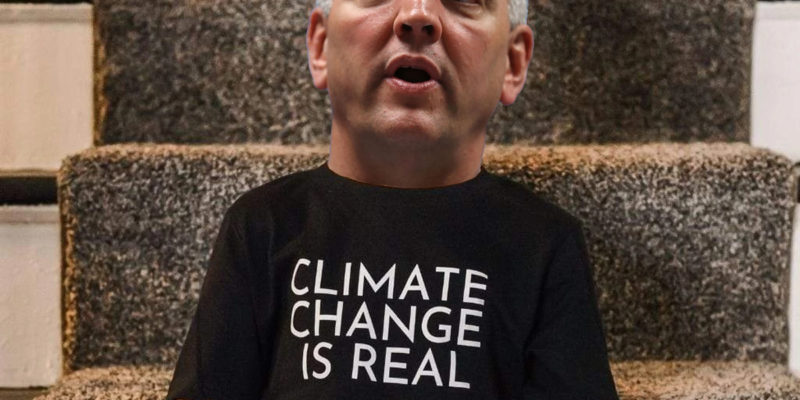Don’t look now, but Democrat Gov. John Bel Edwards wants to waste at least $18 million of your money on a venture with dubious payoff that borders on the impractical.
The state recently released its plan to use $73 million allocated by the latest spending orgy perpetrated by Democrat-controlled Washington, D.C. That money will go to constructing fast (Level 3) charging stations with multiple ports for electric vehicles along well-traveled byways, spaced near access points for limited-access roads, and no more than 50 miles apart, with roadside amenities, but the state must put up $18 million to qualify.
As such, the state has said it will place these along all interstate highways, both present and planned, plus the southern reaches of state highways 3090 and 3235. That would mean 29 total, with 24 new and all of the new with four ports. These fast chargers should charge the typical car in one hour, at an estimated cost of a minimum of $461,598 to a maximum of $1,240,000. That’s just for the chargers; cost per site could surge far higher as in almost every instance power lines will have to be run if not upgraded, the site itself carved out (often essentially in the middle of nowhere) with access created in most cases, land acquired, and somewhat woke requirements followed that will increase contracting costs, among others.
Observe as well that the charger costs may be significantly underestimated. While one source used in the report quoted a price (in 2022 dollars) of around $363,000 for each four-port charger plus installation costs, California data argued for the $1.24 million figure installed, excepting potential power upgrades which then could send the price far higher. Nonetheless, the state claims it can install 300 ports along these corridors and elsewhere, and potentially 760, although its initial phase guarantees only 118 (which seems to violate the 50-mile rule in a couple of instances along I-10, and most of the stations along it, I-55, and U.S. 90/future I-49 will face extraordinarily high construction costs given the topography).
Initially, we should note the high likelihood that costs will run much higher than the state would lead us to believe. But even more importantly, the setup is entirely impractical if, as Edwards wants to have according to his garbage-in-garbage-out climate plan, in a dozen or so years a large proportion of vehicles traversing the highways are EVs.
Consider that one-hour charging time for the typical EV (the plan says signage will beg drivers to charge only to 80 percent because charging rate slows considerably after that point and going beyond causes quicker battery degradation, but do you really expect many to follow that given the paucity of chargers?) and there will be just four ports. Past the tiniest proportion of highway vehicles being EV, capacity will be reached many hours of the day, slowing horribly travel times (and doesn’t include those living nearby who nip on over to fill up quickly rather than enduring the Level 2 chargers that they typically use – including those lucky enough to have the thousands of dollars available to have one installed at home – which takes on average 12 hours for a full juicing).
Advertisement
And, depending upon your EV, your only option may be to wait. Testing indicates the typical EV produced over the past few years, assuming driving highway speeds of 75 miles per hour, has a range of around 200 miles – when it’s not cold, which can lop 35 percent off that because batteries don’t work as well in the cold and drivers don’t want to be fogging their windows and shivering in a cold cockpit. You’ll really be out of luck if you drive something like a 2022 Mazda MX-30 that realistically only gets 70 miles out a full charge when you don’t use the heater.
The alleged theory here is that these government-built stations (afterwards operated mostly by major utility companies) will kickstart other privately built ones by encouraging more EVs to engage in inter-city travel. That’s a pipe dream, given the half-again additional expense the typical EV costs over internal combustion engine vehicles that will limit adoption, in addition to the infrastructure impediments (where are people who live in apartments going to charge their cars, for example), pricing out of bounds and making it too inconvenient for much of the population. This scenario only can be realized through extremely punitive government regulation against fossil fuels to make vehicles powered by that prohibitively expensive if not made unavailable.
Put another way, the whole effort is a payoff to wealthy elites wanting to cram their catastrophic anthropogenic global warming cultism down everybody’s throats and to pad the pockets of big utilities selling directly. It’s an absolute waste of money that could be far better spent, for example, on bailing out municipalities disproportionately with poorer residents who didn’t plan well enough to maintain properly their water systems. The Legislature should prohibit spending any state money for this purpose, and let the whole thing whither.
Advertisement
Advertisement

